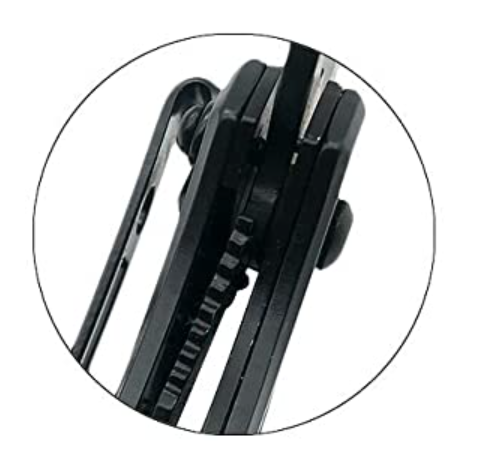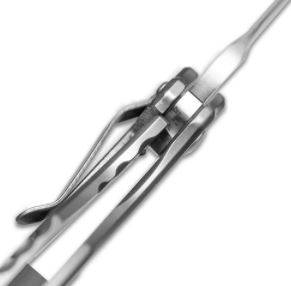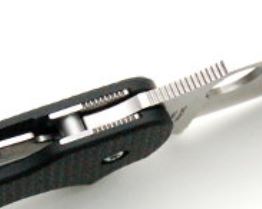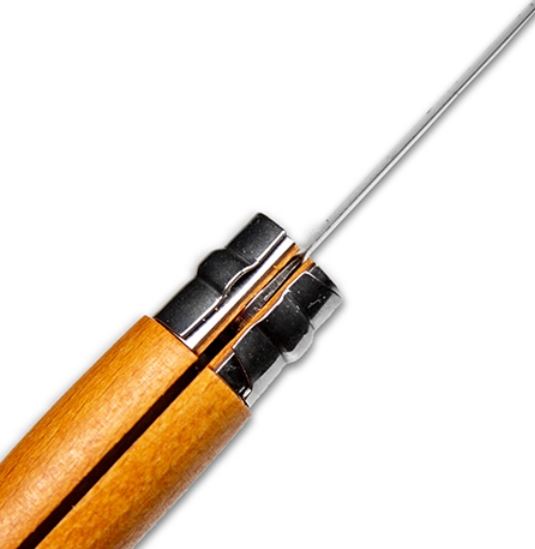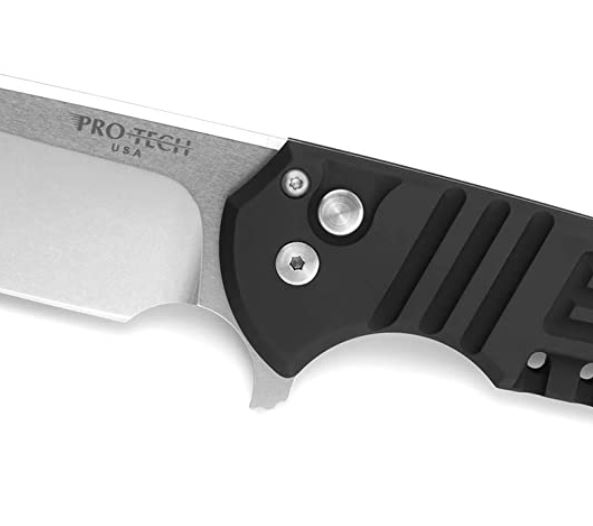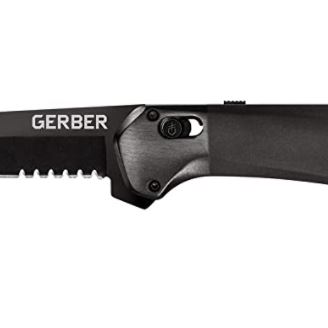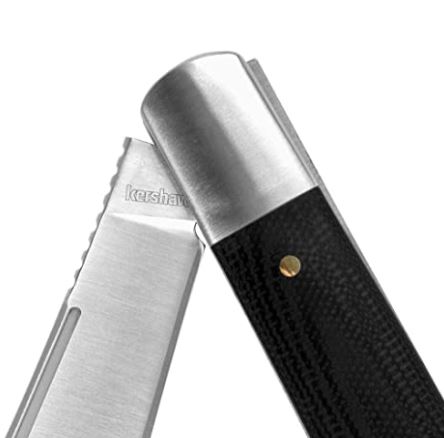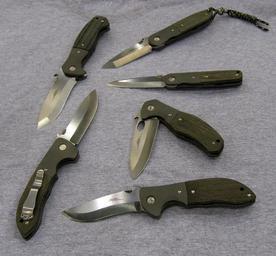
As you'll see in this article, closing pocket knives can sometimes be complicated task to do safely especially with a more complex pocket knife design.
Each pocket knife design varies in complexity and has it's own unique closing locking mechanisms.
Some are simply and easy to use, but other require some knowledge to operate safely.
In this article, we're going to take an in-depth look at some of most common pocket knife locking mechanisms and show you how they work so that you know how to safely close a pocket knife.
Read about the most common types of blades found on pocket knives...
Most Common Types of Pocket Knife Locking Mechanisms
To understand how to safely close a pocket knife, we must first know how it works. One of the most important parts of a pocket knife is the locking mechanism.
Knowing how the locking mechanism works will be essential to knowing how to safely close a pocket knife.
Click on the link to learn about different parts of a pocket knife click here...
1. LINER LOCK
Let’s start with Liner Lock. This is one of the most common types of locks found on pocket knives.
Liner lock uses a spring bar (the liner) that extends from the end size of the handle to the hinged side.
When the spring bar falls behind the hinged part of the knife or blade, the blade cannot be returned to the closed position. The spring bar locks locks the blade and prevents any movement.
To close the knife, the spring bar must be pushed away from the hinged part of the knife to allow the blade to swing back.
2. FRAME LOCK
Frame lock works pretty much the same as a Liner lock except that it uses a milled-out part of the handle as a lock bar instead of an the liner.
3. COMPRESSION LOCKS
Compression lock is the reverse liner lock. They're are similar, except that the spring bar locks the blade in at the top with a stop pin instead of the bottom without a stop pin. Compression lock was developed by Spyderco.
This locking mechanism is much safer than liner and frame lock since it reduces the chance of the blade slipping by using a stopping pin to lock the blade in place along with a spring bar.
4. RING LOCK
Not the most popular locking system, the Ring lock uses a ring collar around the handle at the hinged part of the blade that rotates freely to an open or closed position.
This system is designed to be very simple to use, but it can be very costly to fix. Ring lock is famously used by Opinel knives.
5. BUTTON LOCK
Button lock system is primarily used on automatic knives. On manual button locks, a flipper or thumb stud is used to open the blade.
It uses a button (plunger) and a spring to create tension. While the plunger is in the extended (neutral position) the blade is in the locked position.
When the button (plunger) is pushed, a cavity in the plunger will line up the blade and allow it to swing freely to an open or closed position.
The blade will lock in place once it's in the fully open or closed position where the plunger can freely return to the neutral position and locked position.
6. LEVER LOCKS
Lever lock system consist of a spring on a pivot and a lever. The lever will lock the blade when it's in the fully open or closed positions.
The spring on the pivot has an outward pushing tension. The spring on the pivot will have the most amount of tension when the blade is in the closed position.
When the lever is placed into the unlocked position, the blade will automatically swing into the the open position.
Small amount of tension will remain in the spring, even when the blade is the open position.
To avoid accidents, when closing the blade, always make sure that the level securely locks the blade into closed position before you let go.
7. SLIP JOINT
Slip joint knives are actually non-locking knives. They are very simple and easy to use. They use a tension back bar typically located on the spine of handle to hold the blade in open or closed positions.
Be very careful when using slip joints knives. Since there is not locking system any pressure applied on the spine of the blade could potentially close it on your fingers.
Learn about different types of blades and how to best utilize them!
Visit our POCKET KNIVES PAGE for reviews and recommendations.
or
Visit our HOMEPAGE for more great EDC content.

